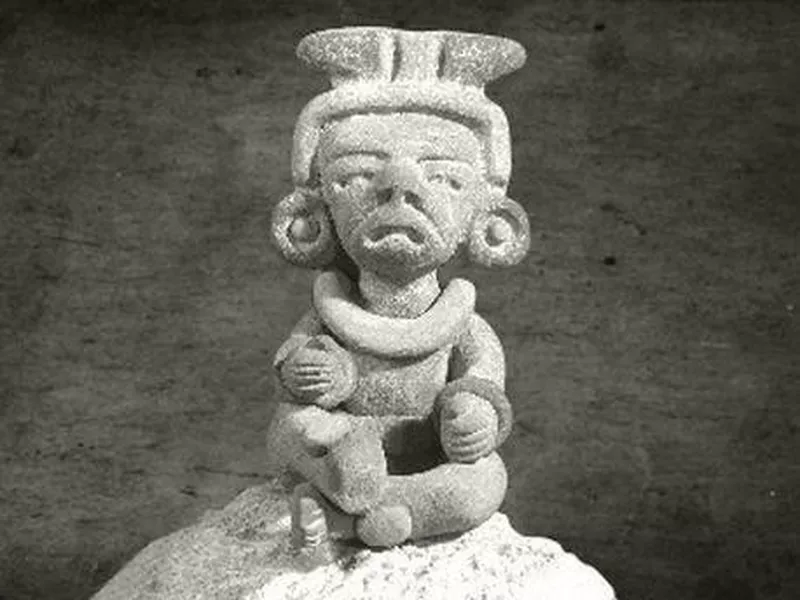If you’ve ever visited Cancun or Playa del Carmen in Mexico, then you’ve likely heard about the Mayans. They are the indigenous culture that ruled southern Mexico, Guatemala, Honduras, El Salvador and Belize for hundreds of years, and they are responsible for some of the region’s most popular tourist sites, like Chichen Itza and Tulum in Mexico or Tikal in Guatemala.
But so much more than being the architects of these ancient cities, the Mayan people laid the foundation for all the cultures that exist in this region today. From cuisine and ceremony to legend, spiritual belief and language, what was created more than a thousand years ago still exists today.
There are roughly 6 million direct Maya descendants living in Mexico and Central America, many of whom still speak Mayan dialects, practice ancient shamanism and prepare centuries-old recipes. In fact, if you’ve ever had cochinita pibil tacos in Mexico, then guess what? You’ve had Mayan cuisine.
So, if you’re curious about this colorful, mystical, ancient culture that held one of the largest empires in the ancient world from roughly 1,800 B.C. to 900 A.D., read on to discover some amazing facts about the Mayans.
They believed in fairies.

Many cultures from around the world have a belief in fairies. These are also known as sprites, pixies, gnomes, leprechauns and, in the case of the Maya, aluxes.
The aluxes were depicted in sculptures made from clay or wood. The tiny creatures were thought to protect the land, crops and animals. These sculptures would be taken into the forest and hidden in discreet spots, and the Maya believed that they would come to life at night and offer guardianship of the land.